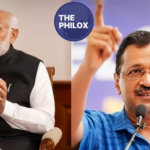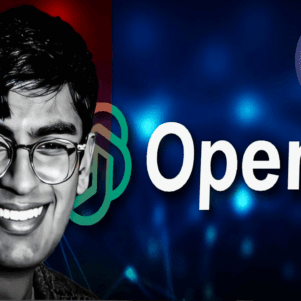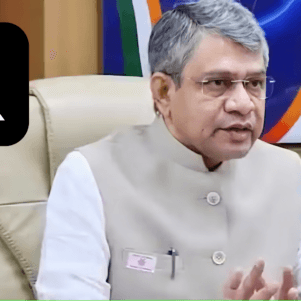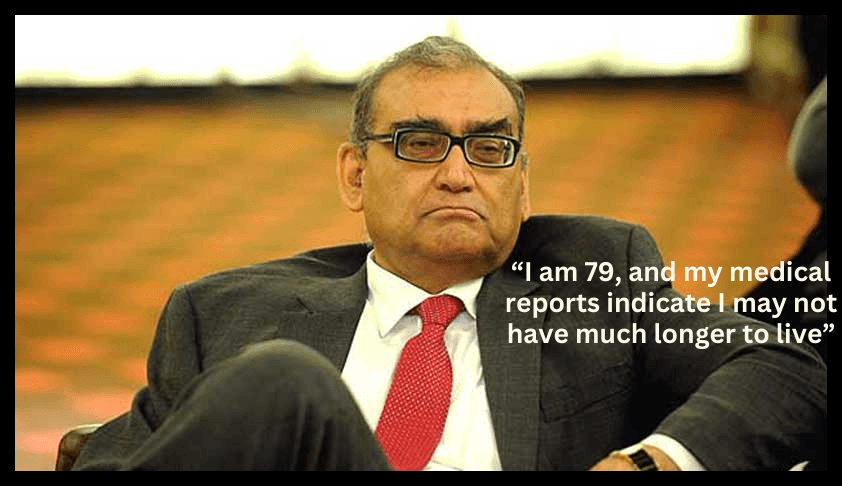Nirmala Sitharaman is one of the most influential leaders in Indian politics and is serving as the Finance Minister of India. She took up the position in May 2019, making her the first full-time female Finance Minister of the country.
Sitharaman has played a crucial role in shaping India’s economic policies, managing the national budget, and steering the country through financial challenges, including the aftermath of the COVID-19 pandemic.
She was the Defence Minister before being appointed as Finance Minister. This role, along with her tenure as Finance Minister, shows that she has been very determined and is committed to serving the public.
What is Trolling?
Trolling is a word that defines posting provocative or offensive/abusive content in the social media sphere to provoke emotional responses or cause distress. Public figures, especially politicians, are frequent targets of trolling due to their high visibility and the impact of their decisions.
In the digital age, platforms like Twitter, Facebook, and Instagram have become battlegrounds where political disagreements and personal attacks often blur the line between criticism and harassment.
Trolling not only affects the mental well-being of the targeted individuals but also contributes to a toxic online discourse.
Why is Nirmala Sitharaman Trolled?
As Finance Minister, she handles many important decisions that impact the economy and people’s lives directly. This role makes her an even larger target for both praise and criticism. Some of the reasons behind such intense trolling include the following:
1. Economic Policies: Her decision to implement GST reforms, cut corporate taxes, or allocating controversial budget amounts has incurred sharp reactions on the social internet platform.
2. Statements and Communication Style: Some of her statements, such as comments on economic slowdowns or public spending, have been taken out of context and widely shared.
3. Gender Bias: As one of the few women in such a powerful position, she often faces gendered trolling that focuses on her appearance or tone rather than her policies.
The primary space where Sitharaman faces trolling is platforms like Twitter and Facebook. Hashtags mocking her decisions tend to trend after key budget announcements or economic policy decisions.
Data and Analytics
Social media analysis tools such as Brandwatch, Hootsuite, and Mention reveal alarming trends regarding the trolling faced by Nirmala Sitharaman. Data indicates that she receives significantly higher negative mentions compared to her male counterparts. For example:
1. Trolling Volume: Social media mentions about Sitharaman have over 60% negative sentiment.
2. Trolling Peak Periods: The highest trolling intensities are recorded at budget presentations and large-scale economic policy announcements.
3. Popular Hashtags: Hashtags such as #SitharamanFailed and #ResignSitharaman have trending on several occasions.
These insights reflect the manner in which the campaigns coordinate and thus shape the narrative through high intensities of trolling around events.
Effects of Trolling on Nirmala Sitharaman
Trolling has personal and professional implications. Though Sitharaman has kept her public persona composed, constant online trolling can be psychologically draining. Professionally, trolling seeks to discredit her and take away the focus from important policy debates.
Sitharaman has sometimes reacted to trolls in press conferences or interviews by correcting misinformation and clearing her stand. However, her reactions are always measured with facts rather than getting aggressive.
Role of Media and Political Rivalries
Media, political opponents, and online influencers often amplify the trolling. Sensational headlines, biased reporting, and meme culture contribute to fueling negativity.
Political rivals exploit social media to highlight policy failures, and supporters of opposing parties often engage in coordinated trolling campaigns.
Satire and memes, though sometimes harmless, often cross lines into offensive territory, further aggravating the trolling culture.
What Does This Say About Indian Politics and Society?
The vicious trolling that Nirmala Sitharaman faced was an extension of the much broader issues in Indian politics and society.
The online abuse of public figures, especially women in power, reflects deep-seated biases and the absence of constructive discourse. It also raises questions about the role of social media in democratic debates and accountability.
The culture of trolling shows that disagreement has turned into personal attacks, which is a shift in society, and it often undermines meaningful discussions on important issues.
Tools Used in Research
The analysis in this article was based on data gathered from social media listening tools like Sprout Social, Hootsuite, Brandwatch, and Google Trends. These tools help track hashtags, sentiment analysis, engagement metrics, and the frequency of trolling patterns.
1. Sprout Social: It is used for sentiment analysis.
2. Google Trends: Tracked peak periods of online activity.
3. Brandwatch: Provided detailed insights into hashtag trends and user engagement.
These tools allow researchers to understand public sentiment, identify key topics driving trolling, and measure the overall online narrative.
Disclaimer
This article is to be used for educational purposes and research only. No offense is meant to Nirmala Sitharaman or any other person mentioned herein. The purpose is to present an objective analysis of the phenomenon of online trolling and its influence on public figures, more specifically in the context of Indian politics.










One thought on “Finance Minister Nirmala Sitharaman Becomes the Most Trolled Minister of India”